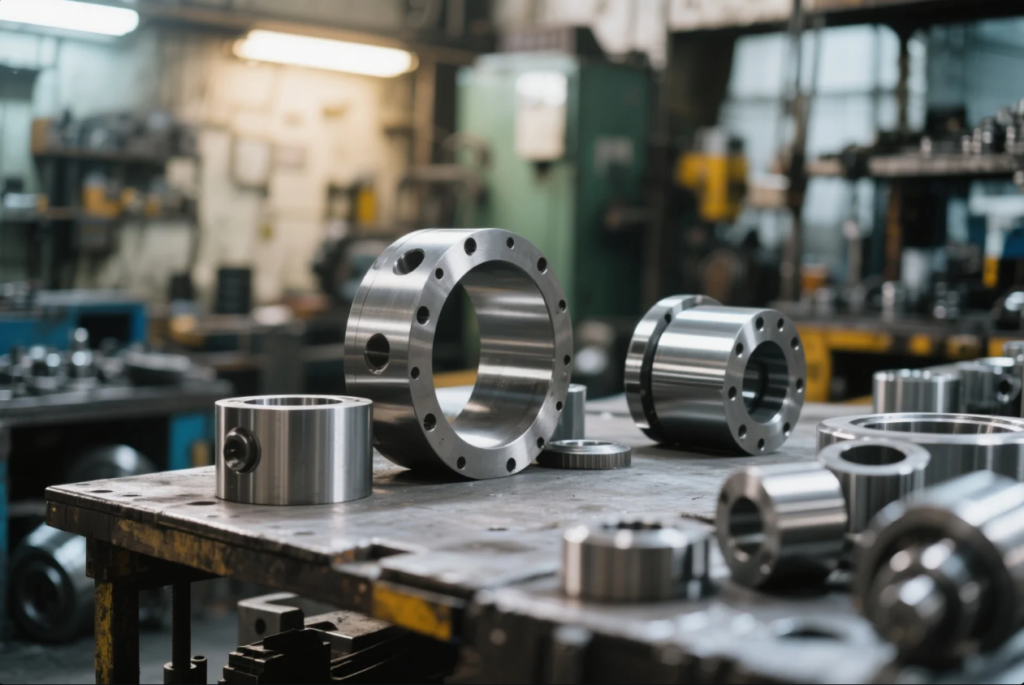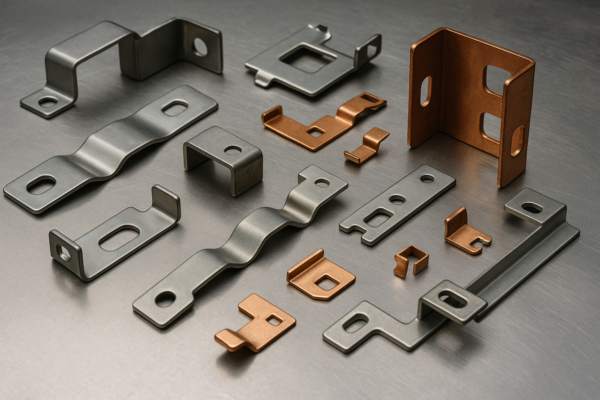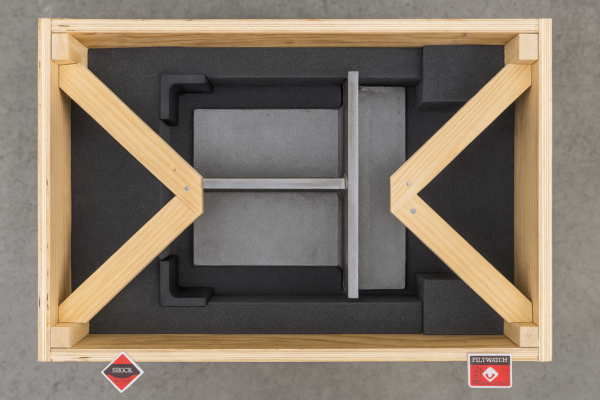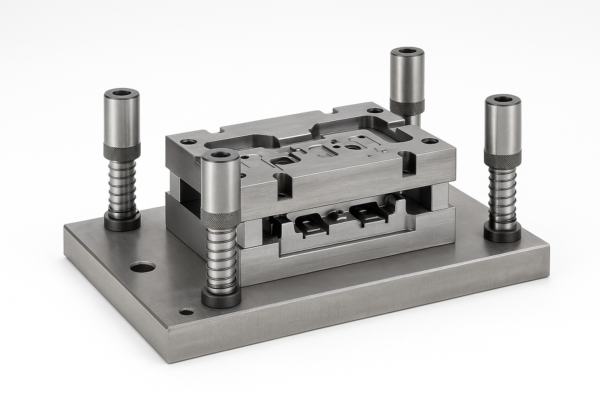How to Reduce Production Costs in Custom Metal Parts Manufacturing?

Rising material and energy costs are squeezing profit margins in 2025.
Learn proven strategies to reduce manufacturing costs in custom metal parts—without sacrificing quality or delivery time.
Many buyers overpay for precision parts due to inefficient design, sourcing, and machining. This guide will show you how to cut costs smartly across design, CNC, sourcing, and process planning.
What should we do to reduce the cost of production?

Production costs skyrocket when workflow inefficiencies, overengineering, and poor planning collide.
To reduce production costs, focus on process optimization, material selection, automation, and supplier consolidation.
At Prime, we help clients save up to 30% just by adjusting production flows and sourcing strategies. You don’t need to compromise on quality to save—smart adjustments often make processes leaner and more reliable.
🔧 Practical Ways to Reduce Production Costs
| Strategy | Cost-Saving Impact |
|---|---|
| Design for Manufacturability (DFM) | Reduces unnecessary features and machining |
| Material Standardization | Enables bulk buying and reduced waste |
| Batch Processing | Cuts setup and changeover times |
| Automation and CNC | Speeds up output with consistent quality |
| Supplier Consolidation | Reduces logistics and admin overhead |
For additional tips, see ThomasNet’s guide on reducing manufacturing costs.
How can product design reduce costs in the manufacturing process?

Complex designs with tight tolerances often cost more and take longer to produce.
Simple changes in design can significantly reduce tooling, machining time, and scrap rates.
Design for Manufacturability (DFM) involves simplifying features, minimizing tight tolerances, and selecting cost-effective materials. At Prime, we always advise clients on DFM best practices before quoting.
🧩 Design Strategies That Save Money
- Avoid deep pockets and thin walls unless necessary
- Use uniform wall thickness for cast or molded parts
- Replace multiple parts with a single consolidated design
- Specify achievable tolerances—tight only where needed
- Choose materials that are easy to machine or mold
These changes reduce setup time and tool wear, especially in processes like stamping and CNCparts.
Explore more on DFM principles at Autodesk.
How to reduce COGS in manufacturing?

COGS includes raw materials, labor, and overhead. Each area holds potential for savings.
To lower COGS (Cost of Goods Sold), optimize material usage, reduce labor hours, and streamline workflows.
At Prime, we conduct cost audits for our clients. By sourcing more affordable materials and combining process steps (e.g., machining and deburring), we help clients reduce their landed costs by over 15%.
📊 Tips to Reduce COGS in Metal Part Production
| COGS Component | Reduction Strategy |
|---|---|
| Material | Use local or bulk suppliers, avoid over-specifying |
| Labor | Train staff, automate repetitive tasks |
| Overhead | Optimize factory layout, reduce tool changeovers |
| Packaging | Use cost-efficient protective materials |
A smart sourcing partner like Shandong Prime ensures your parts are produced, inspected, and packed for shipping—without costly delays or rework.
How to reduce CNC machining cost?
CNC machining costs rise quickly with poor designs and inefficient programming.
To reduce CNC costs, simplify geometry, avoid tight tolerances, choose easy-to-machine materials, and reduce tool changes.
Many of our customers switched from 5-axis to 3-axis compatible designs, slashing per-part costs by over 20%. At Prime, we always evaluate drawings for cost-saving changes before starting production.
⚙️ CNC Cost-Saving Checklist
- Use standard hole sizes for drill tools
- Design parts for single-side machining
- Avoid deep cavities that need long tools
- Choose aluminum or mild steel over exotic alloys
- Eliminate unnecessary chamfers or undercuts
Additionally, grouping parts for batch production can drastically reduce programming and setup time. Learn more via Hubs’ CNC cost guide.
FAQs
Q1: What is the fastest way to reduce custom part cost?
A1: Simplify the design and remove unnecessary features. Then work with a supplier who can combine machining steps.
Q2: How do I know if my design is cost-effective?
A2: Request a DFM review. At Prime, we offer it free with every inquiry.
Q3: Is local sourcing cheaper than importing?
A3: Not always. Our clients often save 20–30% by sourcing from Prime in China due to our lean systems and bulk pricing.
Q4: Can packaging optimization really save money?
A4: Yes. Choosing stackable designs and using modular packaging saves on materials and freight space.
Q5: Do I need to change my materials to save money?
A5: Not always. Sometimes switching from stainless to plated carbon steel saves cost without affecting function.
Conclusion
Reducing cost starts with smart design, optimized workflows, and reliable suppliers.
Need help cutting costs in your custom parts project? Contact Prime now for free design analysis, quotation, and expert advice. We deliver quality CNC, casting, stamping, and fasteners with fast lead times and competitive pricing.
Visit our website: https://primecustomparts.com/
Email us: [email protected]







